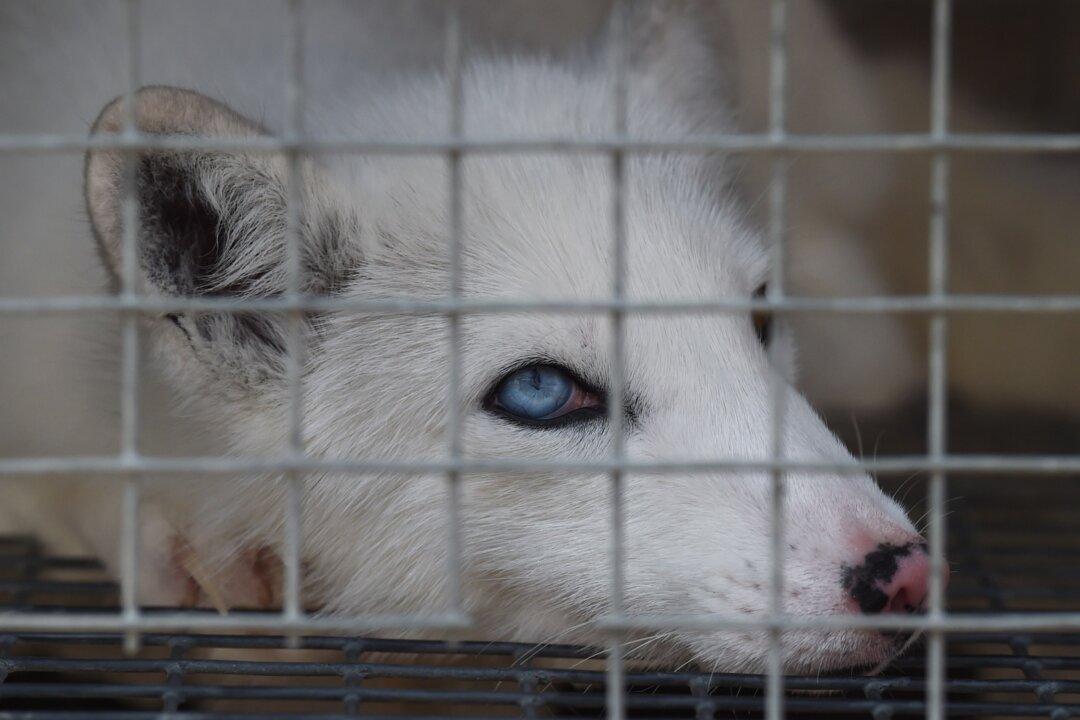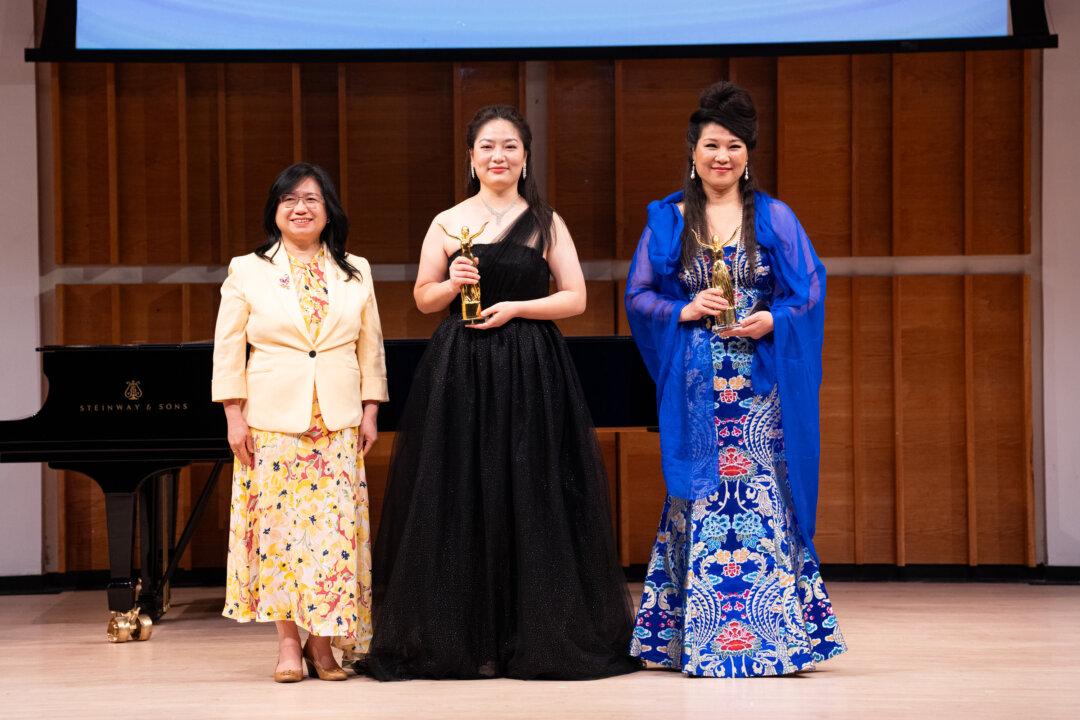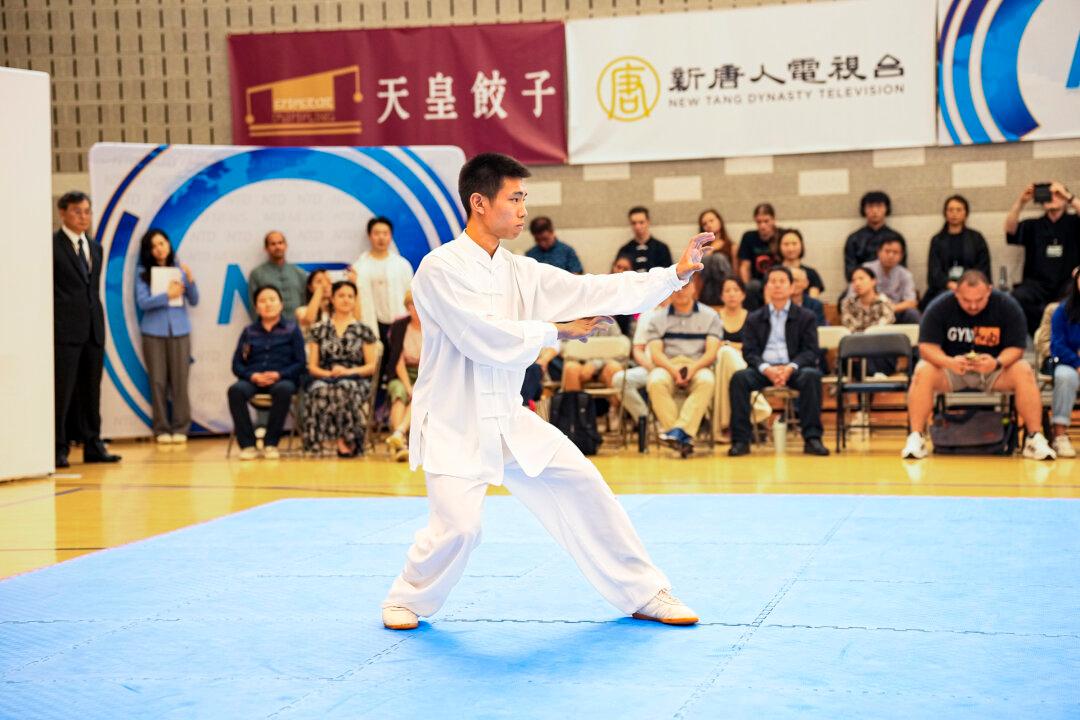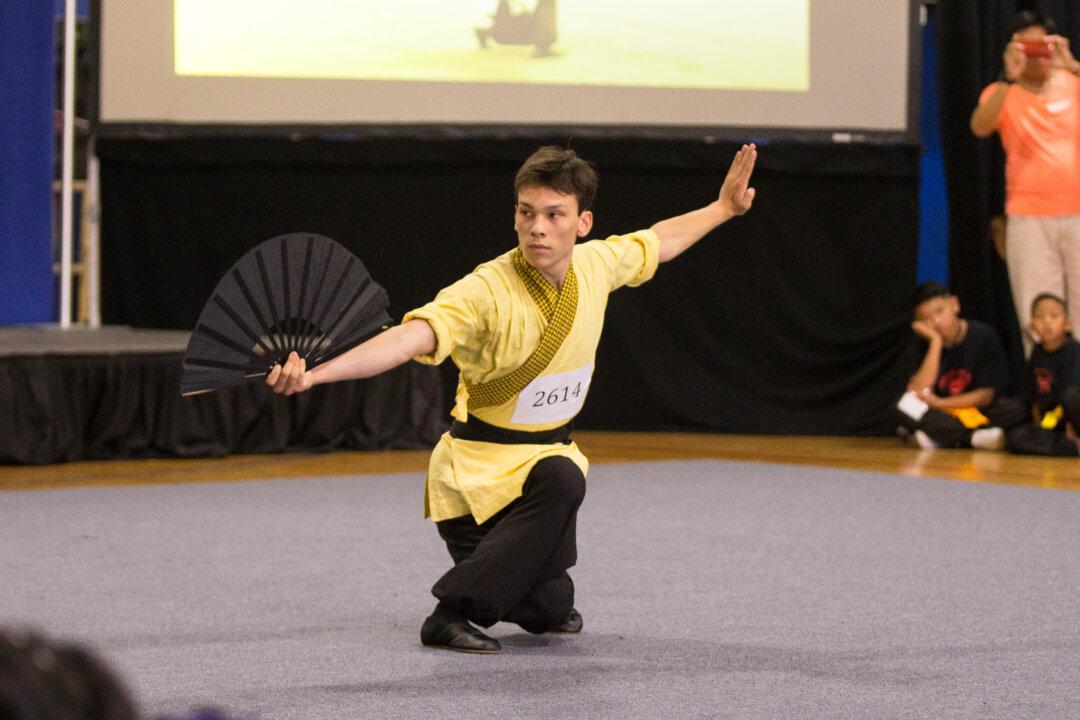Wang Yunfang, a peasant woman living near Beijing, was resting at home on March 30 when she heard disturbed cackling from her chicken coop. Rushing out to see what was the matter, she found two foxes tearing at the frantic birds. Three of Wang’s chickens perished and 10 more were frightened away from her coop of 50.
The vulpine pests hadn’t come from the wild. According to the Beijing Evening News, they were two of the over 400 released into the environment by friends of a wealthy resident, as part of a Buddhist ritual.
“Fangsheng,” the act of buying and releasing animals otherwise destined for slaughter, is a traditional practice inspired by Chinese Buddhism. It is believed that by exhibiting mercy to these doomed beings, one can accrue virtue and gain blessings and fortune.
But often the animals are farm-raised and unable to cope in the wild; in other cases, they become invasive pests. The growing popularity of fangsheng with monied Chinese, bereft of other outlets for spiritual expression, has turned into a budding commercial enterprise—and a gnawing ecological problem.





